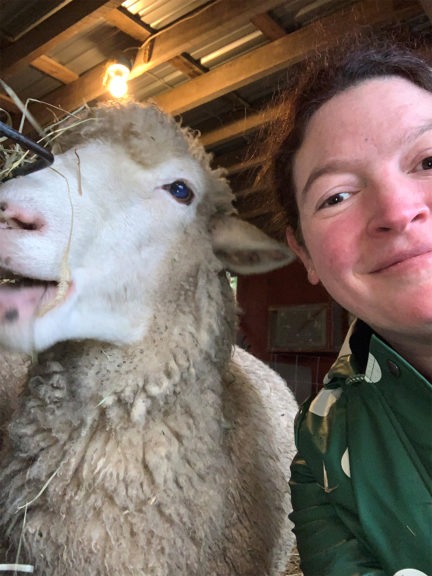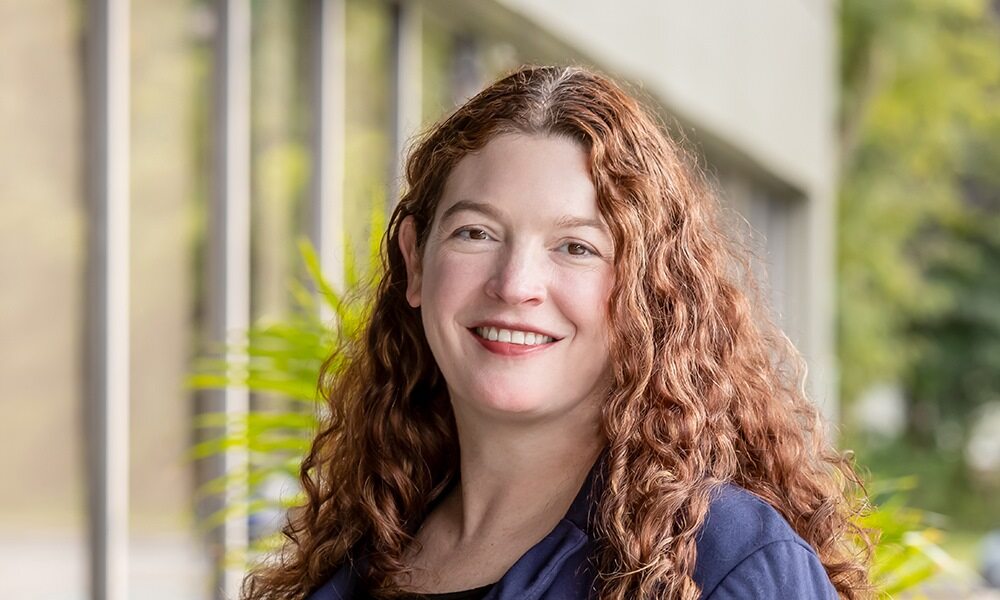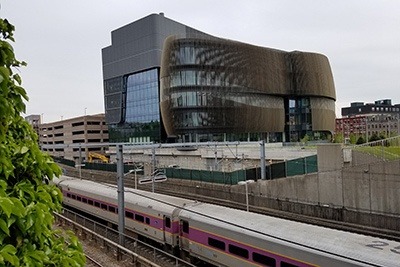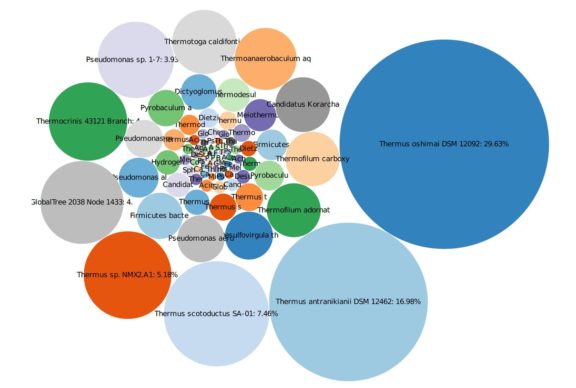As part of our monthly series celebrating inspiring women in the architecture, engineering, and construction (AEC) industry, this month we’re featuring Senior Technical Specialist Elizabeth Bishop.
How many years have you been in the engineering and/or environmental field and what led you to pursue this particular career path?

I have been in the remediation field for about 15 years. In college and graduate school, I focused on environmental chemistry and specifically, in-situ remediation via zerovalent iron (ZVI). My graduate research focused on ZVI transport, reactivity, and synthesis for use for chlorinated solvents and hexavalent chromium reduction.
I always enjoyed math and science in school, and when I realized that I hated politics (my first major in college) I decided to go into environmental chemistry instead. Not the normal switch, but what’s the fun in being normal? I enjoy the complexity of environmentally relevant issues and am lucky that I actually do what I went to school for.
What advice would you give young women or girls thinking about entering this profession?
Just do it! There is no right way to get to where you want to go, and each of us has different twists and turns to get to where we are now. For me, I worked for a contractor and was designing remediations, slinging bags of amendments into tanks, and evaluating data before I found my way to Haley & Aldrich, but that’s not going to work for everyone.
I think hands-on experience is really important, but I also realize we all need to follow our own path. Keep your mind open and look for different opportunities – you never know when one will click.
How do you see the remediation field changing in the years to come with respect to gender diversity?
When I started my career, I was the only technical woman at the first two companies where I worked. In fact, until I joined Haley & Aldrich, I had never worked professionally with another woman. I dealt with times where people didn’t take me seriously because I wasn’t a man, would make off-color comments about me out in the field, or assume that I was there to get them coffee. I still remember a time at a conference in 2008, when a vendor talked to the man next to me and ignored me. What he didn’t realize was that I was the decision-maker, not the man standing next to me.
The increase in gender diversity over the last decade has reduced these types of incidents, and now, I work with some teams that are almost all women. While there are still some areas of the remediation/environmental field that are still very male-dominated, that is shifting. Any time we increase diversity – gender, race, or otherwise – we increase the ideas and experiences that shape the field. I think it can only bring progress to our industry as a whole.
Check out our other “Inspiring women in the AEC industry” blog posts with:
Published: 6/3/2021




